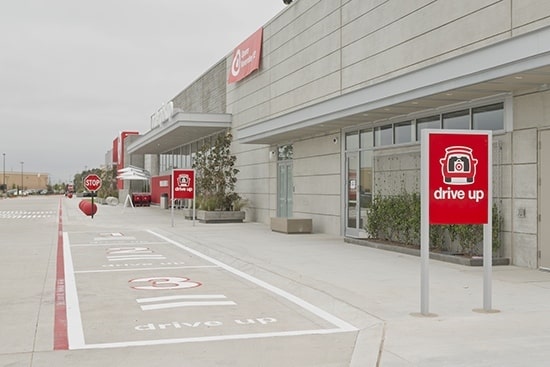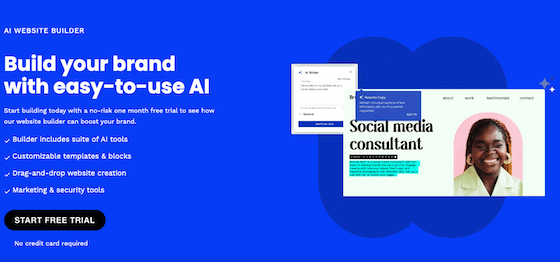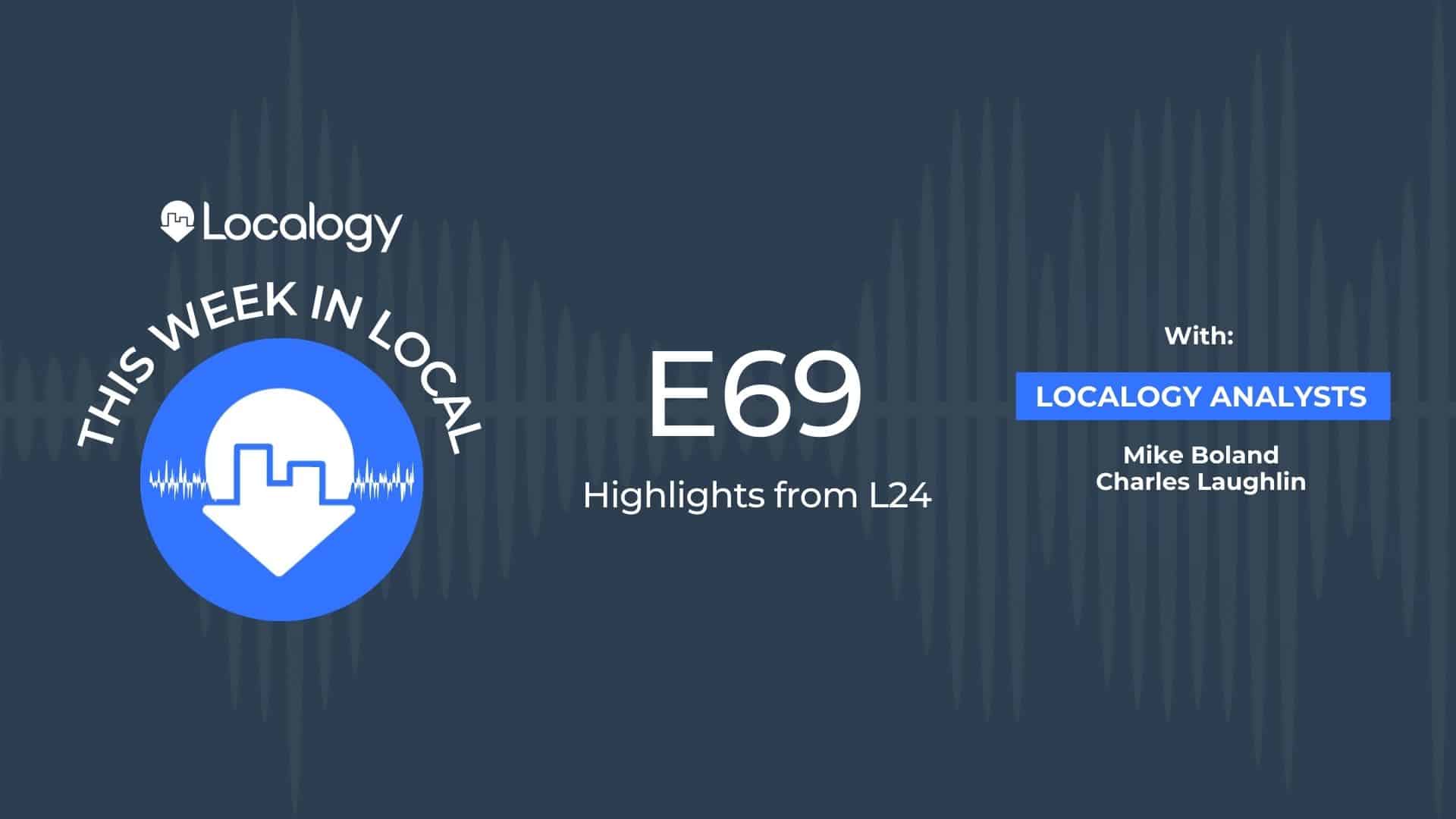This is the latest in Localogy’s Skate To Where the Puck is Going series. Running semi-weekly, it examines the moves and motivations of tech giants as leading indicators for where markets are moving. Check out the entire series here, and its origin here.
The last five months have clearly been transformative for local business. Unlike most uses of the word “transformative” in tech circles, this hasn’t been all positive. But in our ongoing SMB silver-linings construct, the question is if this period will accelerate digital transformation in positive ways.
One of those areas of transformation is e-commerce. That’s not just typical ordering, transactional and shipping capabilities; other flavors of locally-fulfilled e-commerce have experienced forced acceleration. We’re talking order-ahead, curbside pickup, and touchless/mobile transactions.
These technologies continue to be validated in trend data we track (see links above). But the latest signal comes from this week’s Q2 earnings from Walmart and Target. True to our “Skate to Where the Puck is Going” series, their activity is a leading indicator for the SMB world’s tech adoption.

Doubling Down
Breaking that down, what did each retailer announce? Starting with Target, it beat Wall Street expectations with a record-setting quarter on several counts. First, it had its strongest ever quarter with 23 billion in revenue (up 24.3 percent YoY) and $1.69 billion in net profit (up 80.3 percent)
One factor driving this was online ordering, which experienced 195 percent top-line growth. Same-day services (delivery and curbside pickup) grew 273 percent. One extrapolation from all of this is that these high-margin fulfillment mechanisms may have led to the above growth in profits.
In other words, same-day services infuse digital components to the value chain and create some cost-efficiencies when compared with stores filled with customers and associates. Target has been refining these logistical systems as an early adopter of things like curbside pickup, long before Covid-19 struck.
The question is if Target is now compelled to maintain these unit economics as things gradually return to normal. The numbers speak for themselves so if they can get consumers conditioned to more streamlined shopping methods, which is now underway, they’ll likely double down on it.
In fairness, the above numbers should be considered in light of the fact that Target had “essential business” designation, making it a go-to destination with reduced competition. It was able to operate digital services throughout Q2 and welcomed customers back into its stores during the quarter.

Delivery Unlimited
The story is similar with Walmart. Just like Target, it invested long before the pandemic in online ordering for local delivery and pickup. It offers grocery pickup at 3,450 locations and same-day delivery at 2,730 locations. It has also expanded pickup windows by 30 percent since February.
So it likewise hit the ground running in the Covid era with essential business designation and Q2 sales up 97 percent year-over-year to $137.74 billion, beating estimates of $135.48 billion. Net income also rose year-over-year to $6.48 billion ($2.27 per share) up from $3.61 billion.
Part of this growth can be attributed to the pre-covid rollout (and covid-era growth) of Walmart’s Delivery Unlimited service. Reminiscent of Amazon Prime’s model, subscribers pay either $12.95 per month or $98 per year to order groceries online without a per-order fee, and other perks.
Similar to the caveat above about Target’s essential business status, Walmart’s growth deserves an asterisk. Not only was it allowed to remain open but the product categories driving growth — such as groceries — align with shelter-in-place realities of the sudden surge in home-cooked meals.
That said, the outcome could be consumer acclimation to a new digitally-infused way of getting local products. This is a classic mere exposure effect that the world has been forced into. As we phase into a post-covid world, local shopping will end up being some hybrid of the old and new normals.
The accelerated-adoption principle will be a central theme of the upcoming Localogy 20/20 virtual conference. Check out more about the event here.




